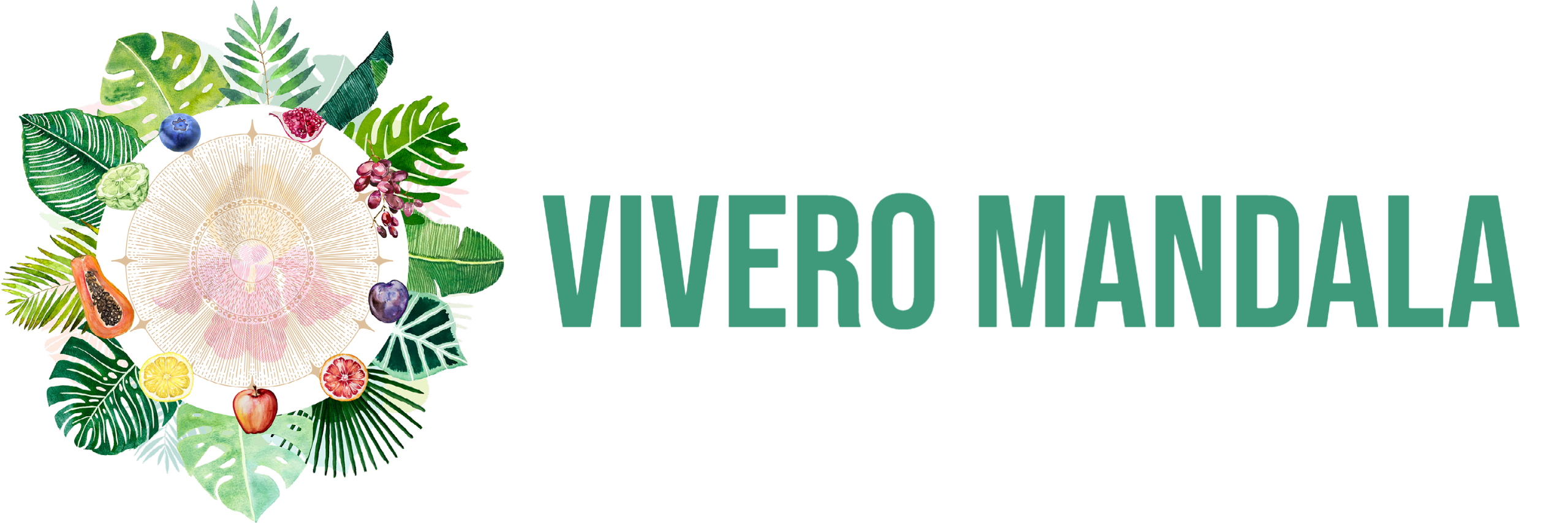Description
Origin
Rosemary, botanically known as Salvia rosmarinus, is an evergreen plant species from the Lamiaceae family. It originates from the coastal regions of the Mediterranean, particularly from Spain, Portugal, and Italy. The plant has been known for centuries for its various uses in cooking, medicine, and cosmetics, and is also appreciated for its pleasant scent.
Growth, Appearance, and Characteristics
It is a bushy shrub that can reach a height of up to two meters. The stems are woody, upright, and heavily branched. The narrow, needle-like leaves are arranged opposite each other and have a dark green color reminiscent of pine needles. The leaves emit an intense, aromatic scent, particularly when crushed. The small, delicate flowers appear from spring to summer and are usually blue, purple, or white.
Cultivation and Care
It thrives best in sunny locations with well-drained soil. The plant is relatively low-maintenance and can tolerate dryness and poor soils. It requires minimal water and should only be watered during prolonged dry spells. Waterlogging should be avoided as it can lead to root rot. Rosemary can be grown both in the garden and in pots or containers on balconies and terraces.
Taste or Use
It has a strong, savory taste and an intense aroma that pairs well with savory dishes. The leaves can be used fresh or dried and are excellent for seasoning meat, fish, vegetables, soups, and sauces. Additionally, it is valued in herbal medicine for its digestive, anti-inflammatory, and antioxidant properties. It is often used in the production of essential oils, herbal baths, and skincare products.
Harvesting Time
The leaves and stems can be harvested throughout the year. The first leaves can be harvested as early as spring once the plant has grown sufficiently. The flowers typically appear from spring to summer. It is advisable to harvest the leaves before flowering as they possess the most intense aroma at this time.
Pollination
Pollination mainly occurs through bees and other pollinating insects attracted by the fragrant flowers. The flowers produce ample nectar to attract pollinators, thus contributing to reproduction. Sufficient pollination is important for a rich harvest and the formation of healthy seeds.




